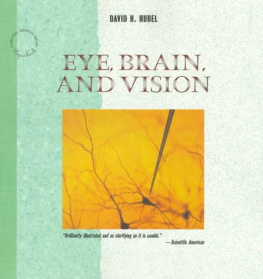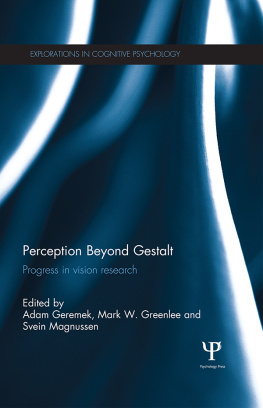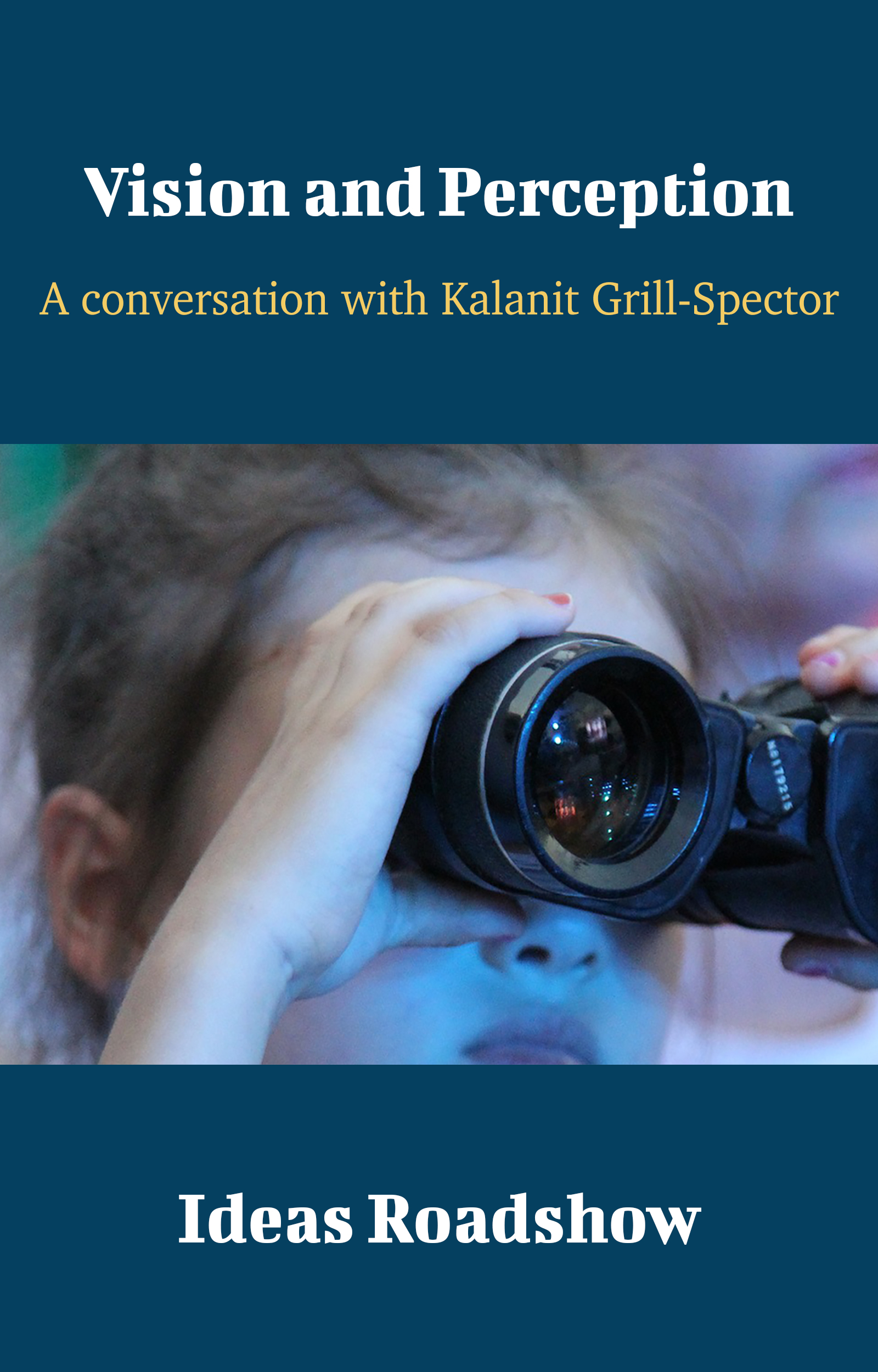Howard Burton - Vision and Perception: A Conversation with Kalanit Grill-Spector
Here you can read online Howard Burton - Vision and Perception: A Conversation with Kalanit Grill-Spector full text of the book (entire story) in english for free. Download pdf and epub, get meaning, cover and reviews about this ebook. year: 2020, publisher: Open Agenda Publishing, genre: Religion. Description of the work, (preface) as well as reviews are available. Best literature library LitArk.com created for fans of good reading and offers a wide selection of genres:
Romance novel
Science fiction
Adventure
Detective
Science
History
Home and family
Prose
Art
Politics
Computer
Non-fiction
Religion
Business
Children
Humor
Choose a favorite category and find really read worthwhile books. Enjoy immersion in the world of imagination, feel the emotions of the characters or learn something new for yourself, make an fascinating discovery.

- Book:Vision and Perception: A Conversation with Kalanit Grill-Spector
- Author:
- Publisher:Open Agenda Publishing
- Genre:
- Year:2020
- Rating:3 / 5
- Favourites:Add to favourites
- Your mark:
Vision and Perception: A Conversation with Kalanit Grill-Spector: summary, description and annotation
We offer to read an annotation, description, summary or preface (depends on what the author of the book "Vision and Perception: A Conversation with Kalanit Grill-Spector" wrote himself). If you haven't found the necessary information about the book — write in the comments, we will try to find it.
This book is based on an in-depth conversation between Howard Burton and Kalanit Grill-Spector, Professor in Psychology and the Stanford Neurosciences Institute at Stanford University. Kalanit Grill-Spectors is a vision specialist with a background in computational neuroscience. Her research examines how the brain processes visual information and perceives it. This extensive conversation explores how functional imaging techniques are used to visualize the brain in action and how it functions to recognize people, objects and places. Kalanit also discusses how the anatomical and functional properties of the brain change from infancy to childhood through adulthood, and how this development is related to improved visual recognition abilities.
Further topics include Kalanit Grill-Spectors discovery of a particular face-selective region in the brain, her groundbreaking research related to the neural processing of this particular region and the fascinating experiments that she has been involved with that suggest that there is indeed a strong causal link between that region and our facial recognition perception.
This carefully-edited book includes an introduction, Facing Facts, and questions for discussion at the end of each chapter:
About Ideas Roadshow Conversations Series (100 books):
Presented in an accessible, conversational format, Ideas Roadshow books not only explore frontline academic research featuring world-leading researchers, including 3 Nobel Laureates, but also reveal the inspirations and personal journeys behind the research. Howard Burton holds a PhD in physics and an MA in philosophy, and was the Founding Director of Canadas Perimeter Institute for Theoretical Physics.
Howard Burton: author's other books
Who wrote Vision and Perception: A Conversation with Kalanit Grill-Spector? Find out the surname, the name of the author of the book and a list of all author's works by series.










